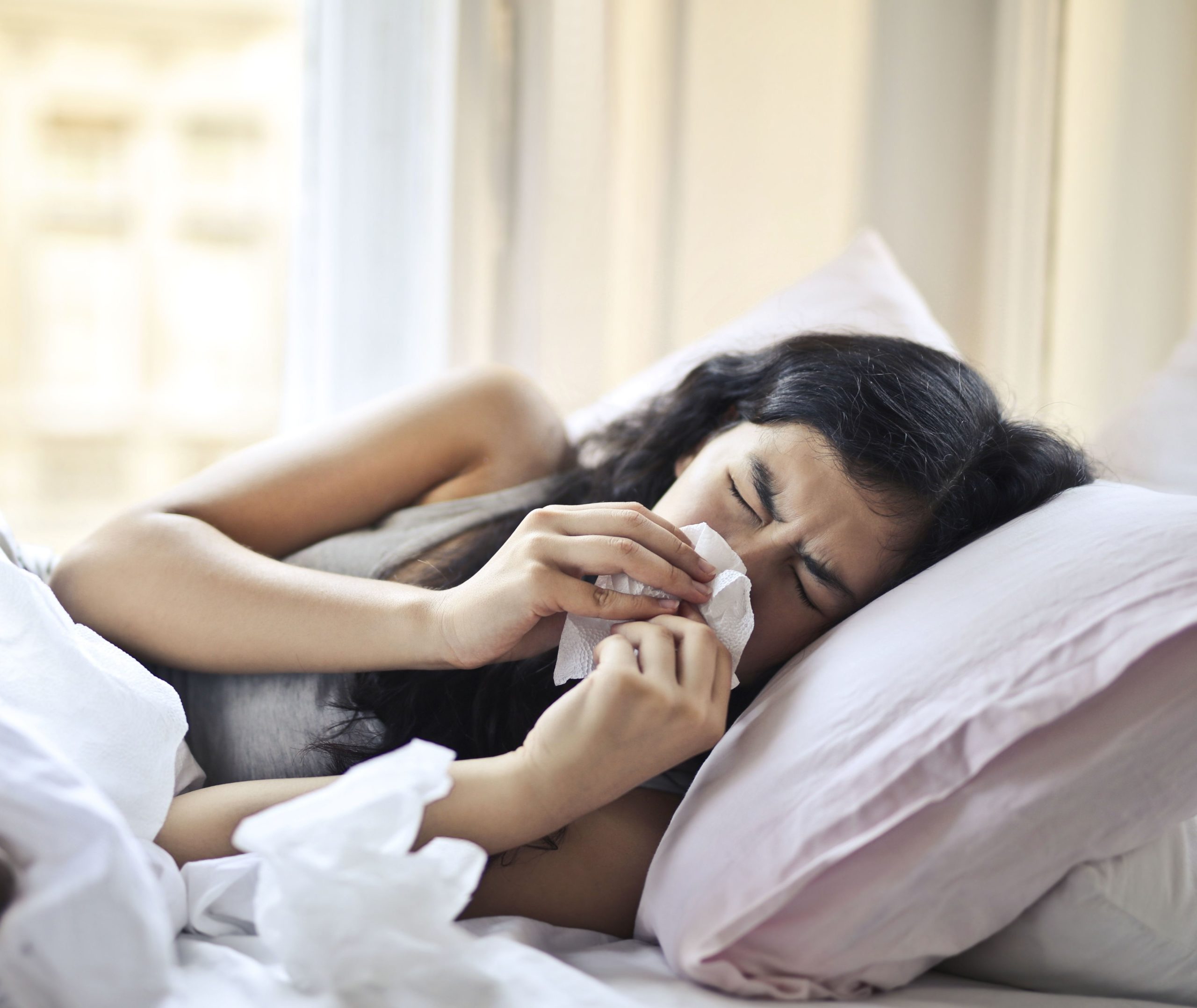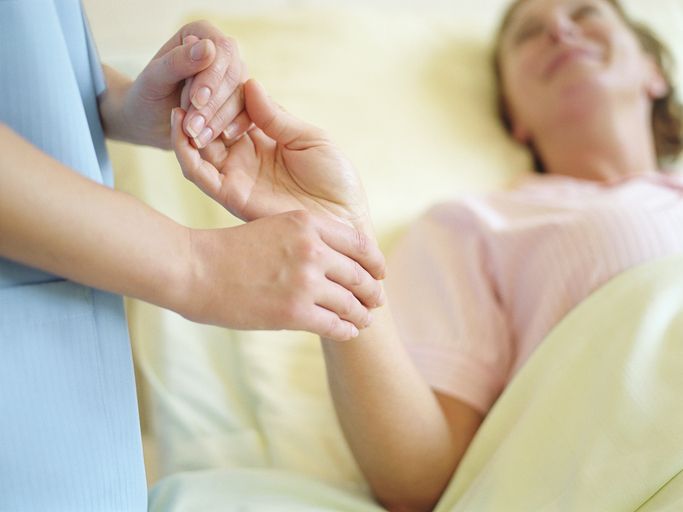Dear Fellow Hay Fever Sufferers and Deniers,
It’s that time of year again. September winds are upon us all.
Sneezin’ Season is here!
Or Allergic Rhinitis (Greek- Rhino/nose), the medical term.
The potentially severe effects of hay fever
Rhinitis is more frequently a blocked nose and less often a runny or itchy nose.
Facial pain can be present, perhaps due to a blocked sinus, and a ‘postnasal drip’ may develop. Watery, itchy eyes are common, along with clogged up ears which can be painful beyond belief! Obscure, hard to diagnose paroxysmal vertigo may develop. This condition can have serious outcomes, if not be plain irritating. Loss of smell and taste can occur. All of which can take weeks to months to clear. All due to the general area becoming swollen with inflammation.
Severity depends on complying with medication(s) and avoiding triggers such as dust mites. A deviated septum or any other deformity is best rectified to achieve optimal results.
First, what can start as a nasal issue can also lead to the eyes, ears, throat and lungs. All are adding their layers of complexity, depending on the severity or chronicity.
Hay fever: the bigger picture
The incidence of hay fever in Australian adults is around 20% (depending on which study you view) and somewhat higher in peak seasons!
The eastern seaboard of Oz is known as the ‘pollen belt’. Also, when any westerly wind blows, what is currently flowering inland comes in our easterly direction.
Thunderstorms trigger pollen release. It is equally important to be aware that these can increase your chances of a bout of hay fever.
Spare a thought for the potential consequences for asthmatics. On 21 November 2016, Melbourne experienced the world’s largest epidemic thunderstorm asthma event.
Time off work to try to recover is also a real problem and has a cost to bear. Including excess tissues!
It is worth noting whilst we are all in the middle of a Covid 19 pandemic, which appears to be with us for the foreseeable future, sneezing is NOT a recognised symptom of Covid 19. However, control of hay fever symptoms is practical if wearing a mask!
Minimising the symptoms of hay fever
If you are more familiar with the routine of minimising your symptoms, antihistamines help, but Intra Nasal Corticosteroids (INCS) are the mainstay. You need to start spraying your nose BEFORE the season ramps up. This practice is called achieving ‘Steady State’ medically and can take several days, even weeks, to attain. Depending on which molecule or spray you are happy to use.
‘Steady State’ for any given therapy is when the therapeutic level for ‘control’ is achieved. So long as the therapy is routinely administered at the dosage indicated. Some sufferers will stop spraying when they get to a steady state, thinking they are cured. For this reason, they only become afflicted again, especially if this occurs mid-season.
Recent improvements to INCS molecules provide us with combined improved efficacy directed at the target organ and reduced absorption of steroids into the bloodstream.
Some sufferers, unfortunately, may have an intolerance to INCS. Perhaps either due to the molecule or the preservative. Nasal saline washes may help here and before the use of your INCS. Some might be able to get away with simply clearing their snoz whilst in the shower of a morning and getting rid of the overnight build-up of dust mites, common in humid conditions and bedding. The bedding needs to be washed in hot water at least once a week and airing the bed daily.
The ‘cross over spray technique’ is recommended. Using your right hand to spray your left nostril, then your left hand to spray your right nostril. You are directing the spray/applicator in a low trajectory toward one’s ear. Spraying vertically is not optimal as you are not spraying along the larger inferior turbinate, which has a larger surface area, to best absorb any spray and provide optimal results.
And maintaining a steady approach
Remembering, of course, that symptom ‘control’ does not stop you from having the odd sneeze or two. A high pollen count on any given day will see you have break-through symptoms, especially in the peaks of spring or autumn. You may even get the odd eyelash pass down through your naso-lacrimal duct, which will likely cause irritation and subsequent sneezing.
Note, the nose normally sheds or decongests several times a day. This function is referred to as ‘The cycle of the nose’. This cycle usually occurs every 4-8 hours and will cause one to sneeze, perhaps. No different to cleaning your air conditioner’s filter. It needs to happen for the best results.
Beware of not using decongestant sprays for more than a week, or you WILL suffer a rebound of symptoms (Tachyphylaxis). They are only for short term use. However, they can be beneficial in conjunction with your INCS in the first week while your INCS therapy builds to a steady state.
Unfortunately, compliance and denial remain a problem given that hay fever affects our lives in different ways and to different extents. And symptoms often drive sufferers to despair.
TIP: Put your nasal spray next to your armpit spray. When you spray your pits, spray your nose!
Recognising hay fever
Many accept that this happens to them from time to time. Taking hay fever as normal? NOT! Growing up, I always seemed to get sick, either going into winter or summer. Now, with hindsight and having become educated about the disease, this occurred in spring and autumn.
Hay fever symptoms vary greatly from mild or seasonal (Seasonal Allergic Rhinitis (SAR). Through to more serious, even chronic (Perennial Allergic Rhinitis (PAR)).
Maybe you are not sure whether you are a sufferer or not? Check your pockets. Do you have multiple hankies or tissues in your pockets? Consider yourself as busted.
It’s not all bad news for allergy sufferers. Recent studies suggest that allergy sufferers outlive the unafflicted!? Findings reported participants with hay fever had an active and responsive immune system.
If we’re feeling challenged, what actions can we take?
- Modify our homes by avoiding carpets and rugs.
- Use vacuum cleaners and air purifiers.
- Purchase special bedding and pillow covers to ward off dust mites.
- Run the air conditioner when humid conditions are present.
- And even have low allergy pets!
If you or someone you suspect has hay fever or are possibly in denial about this bothersome, if not possibly life-threatening condition, please seek professional healthcare advice. Search here for one of our Roaming Healthcare quality Service Providers.
Another blog on hay fever will be featured shortly.
About the Author: Glen Roche, Founder of Roaming Healthcare, has lived with hay fever for many years. Opinions expressed in this article also relate to his career experience as a Registered Nurse and Sales Representative in the Pharmaceutical Industry for over 30 years.





